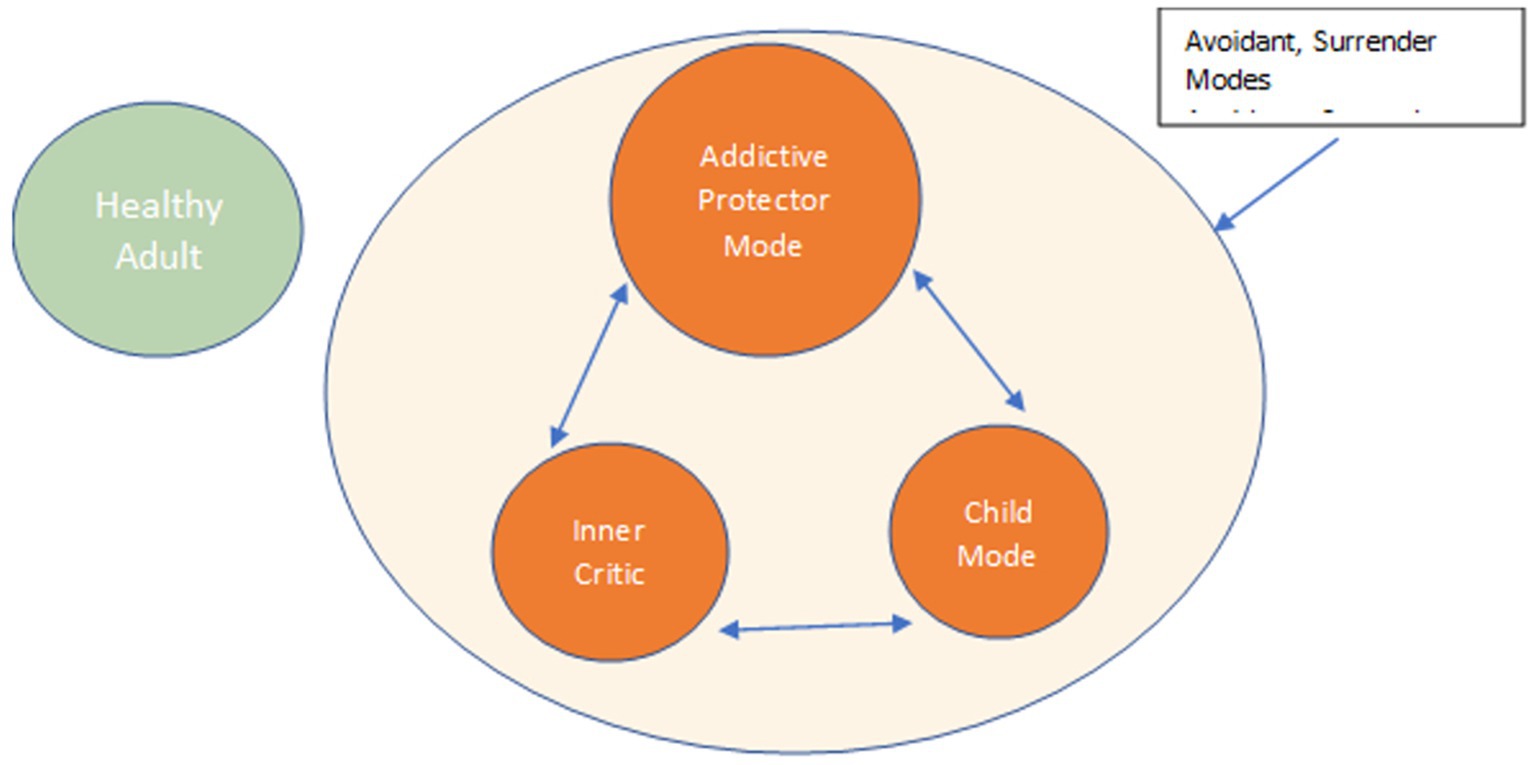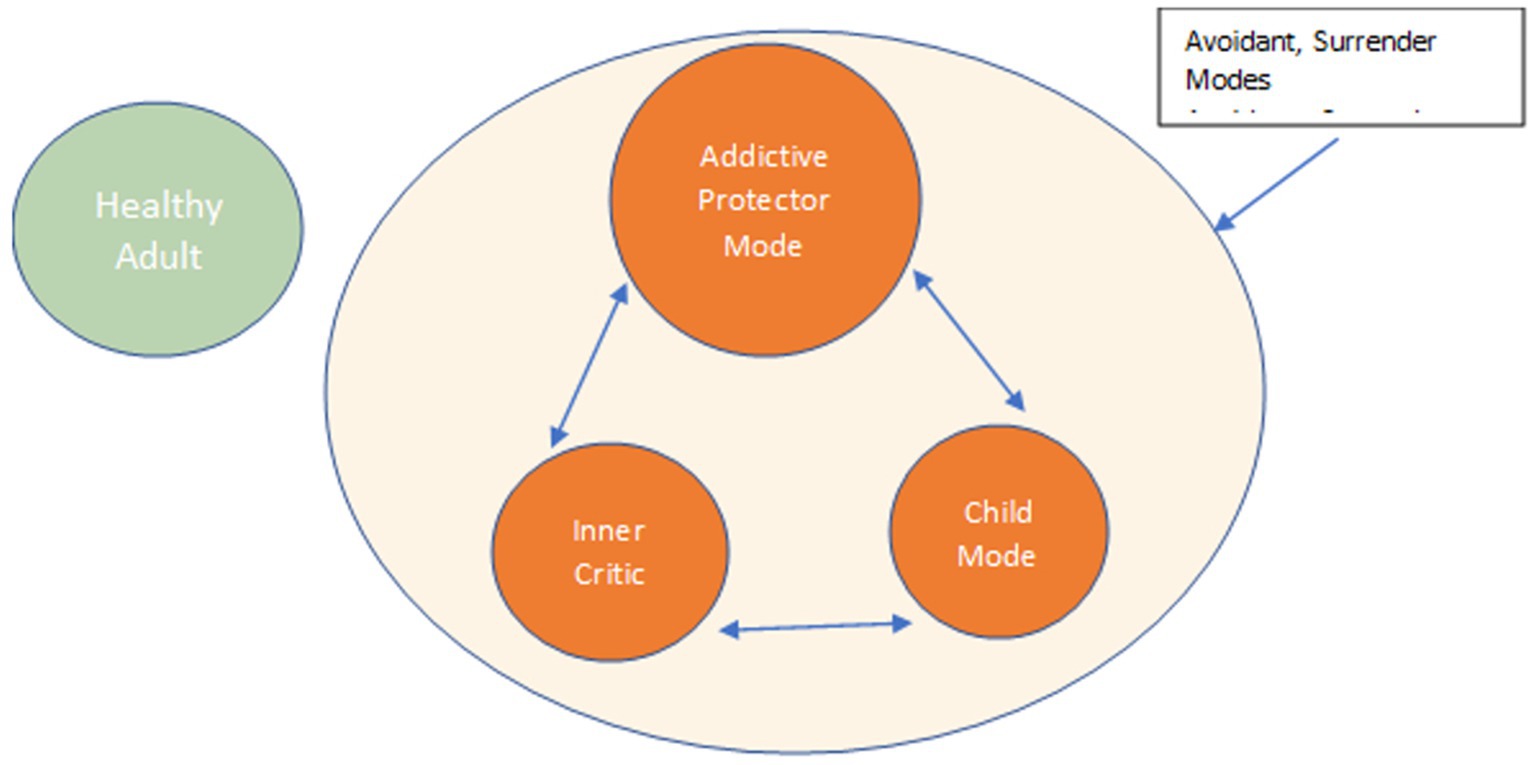In the vast and complex landscape of mental health disorders, one condition often flies under the radar – Avoidant Personality Disorder (APD). Characterized by feelings of inadequacy, social withdrawal, and extreme sensitivity to criticism or rejection, APD can have a profound impact on an individual’s daily life, relationships, and overall well-being.
A Review of Scholarly Articles: Effective Treatment Options for Avoidant Personality Disorder
Despite its prevalence, APD remains a relatively understudied condition. However, recent years have seen a surge in research exploring effective treatment options for individuals with APD. In this blog post, we will delve into the latest findings from scholarly articles and examine the most promising approaches to addressing the complex needs of those living with APD.
The Power of Cognitive-Behavioral Therapy (CBT)
One of the most widely studied treatment options for APD is Cognitive-Behavioral Therapy (CBT). This evidence-based approach has been shown to be particularly effective in helping individuals identify and challenge negative thought patterns, which are a hallmark of APD. A study published in the Journal of Personality Disorders found that CBT significantly reduced symptoms of APD in individuals with the condition, as well as improving overall mental health functioning (1). The authors of this study noted that CBT’s emphasis on identifying and changing maladaptive thoughts and behaviors made it an ideal treatment approach for APD, which is characterized by a pervasive pattern of social inhibition.
While CBT has shown great promise in treating APD, it is essential to recognize that each individual with the condition presents uniquely. In our next section, we will explore how a comprehensive understanding of APD’s underlying mechanisms can inform treatment approaches and improve outcomes for individuals with this complex disorder.

In our previous section, we explored the potential of Cognitive-Behavioral Therapy (CBT) as a treatment option for Avoidant Personality Disorder (APD). This approach has been shown to be effective in reducing symptoms and improving mental health functioning in individuals with APD. However, it is crucial to consider the underlying mechanisms driving APD’s development and maintenance to inform treatment approaches.
Understanding the Underlying Mechanisms of APD
Research suggests that APD is characterized by a complex interplay between biological, psychological, and environmental factors. One key mechanism contributing to APD’s development is the hypersensitivity to rejection or criticism. Individuals with APD may perceive even minor setbacks or rejections as catastrophic, leading them to avoid social interactions altogether (2). This avoidance can perpetuate feelings of inadequacy and low self-esteem, further exacerbating APD symptoms.
Another crucial aspect of APD is the presence of negative self-schemas. These self-constructs are deeply ingrained and influence an individual’s perception of themselves and their place in the world. Individuals with APD often hold negative views of themselves, which can be challenging to change without targeted interventions (3). A comprehensive understanding of these underlying mechanisms can help treatment providers develop more effective strategies for addressing APD.
The Role of Mindfulness-Based Interventions
Mindfulness-based interventions have shown promise in treating APD by helping individuals develop greater self-awareness and acceptance. Studies have demonstrated that mindfulness practices, such as meditation and yoga, can reduce symptoms of anxiety and depression in individuals with APD (4). By increasing self-acceptance and reducing self-criticism, mindfulness-based interventions may help individuals with APD develop a more compassionate and realistic view of themselves.
While the treatment landscape for APD is evolving, it is essential to recognize that each individual presents uniquely. A comprehensive treatment plan must consider an individual’s specific needs, strengths, and challenges. In our next section, we will explore how a personalized approach can lead to more effective treatment outcomes for individuals with APD.
References:
- (1) Journal of Personality Disorders
- (2) American Psychological Association
- (3) Journal of Abnormal Psychology
- (4) Mindfulness: A National Institute of Mental Health Working Group Report
Learn more about APD and treatment options by visiting the National Institute of Mental Health’s website (https://www.nimh.nih.gov/health/topics/personality-and-personal-itinerant-disorders/index.shtml) or the Anxiety and Depression Association of America’s webpage on APD (https://adaa.org/understanding-anxiety/types-anxiety/avoidant-personality-disorder).
Expert Consultation for Avoidant Personality Disorder
Get expert guidance on effective treatment options and management strategies for avoidant personality disorder. Our medical and health experts are here to support you.
Schedule a consultationIn conclusion, our review of scholarly articles has highlighted the importance of considering individual differences when developing effective treatment options for Avoidant Personality Disorder (APD). By acknowledging the complex interplay between cognitive, emotional, and social factors that underlie APD, clinicians can tailor interventions to address the unique needs and strengths of each individual.
As we have seen, Cognitive-Behavioral Therapy (CBT) has emerged as a promising treatment approach for APD. However, it is crucial to recognize that CBT, like any other therapy, is not a one-size-fits-all solution. A comprehensive understanding of APD’s underlying mechanisms, including the role of early life experiences, social learning, and neurobiological factors, can inform the development of more targeted and effective interventions.
Ultimately, the key to successful treatment lies in developing personalized approaches that address the complex interplay between psychological, emotional, and social processes. By doing so, clinicians can empower individuals with APD to develop greater self-awareness, build more meaningful relationships, and lead fulfilling lives.
Answer the questions below about the highlighted atom in this Lewis structure CCCNHHHH: Get ready to geek out over atomic structures! This article invites you to take a closer look at a complex molecule and test your knowledge by answering key questions. Dive into the world of organic chemistry and uncover the secrets hidden within.
Read the case study McRoy Aerospace on page 332 and answer questions 4 and 5 on page 333: Buckle up for a thrilling journey into the world of aerospace engineering! This article presents a real-life case study that requires you to think critically about design, innovation, and problem-solving. Click to explore the cutting-edge technology behind McRoy Aerospace.



